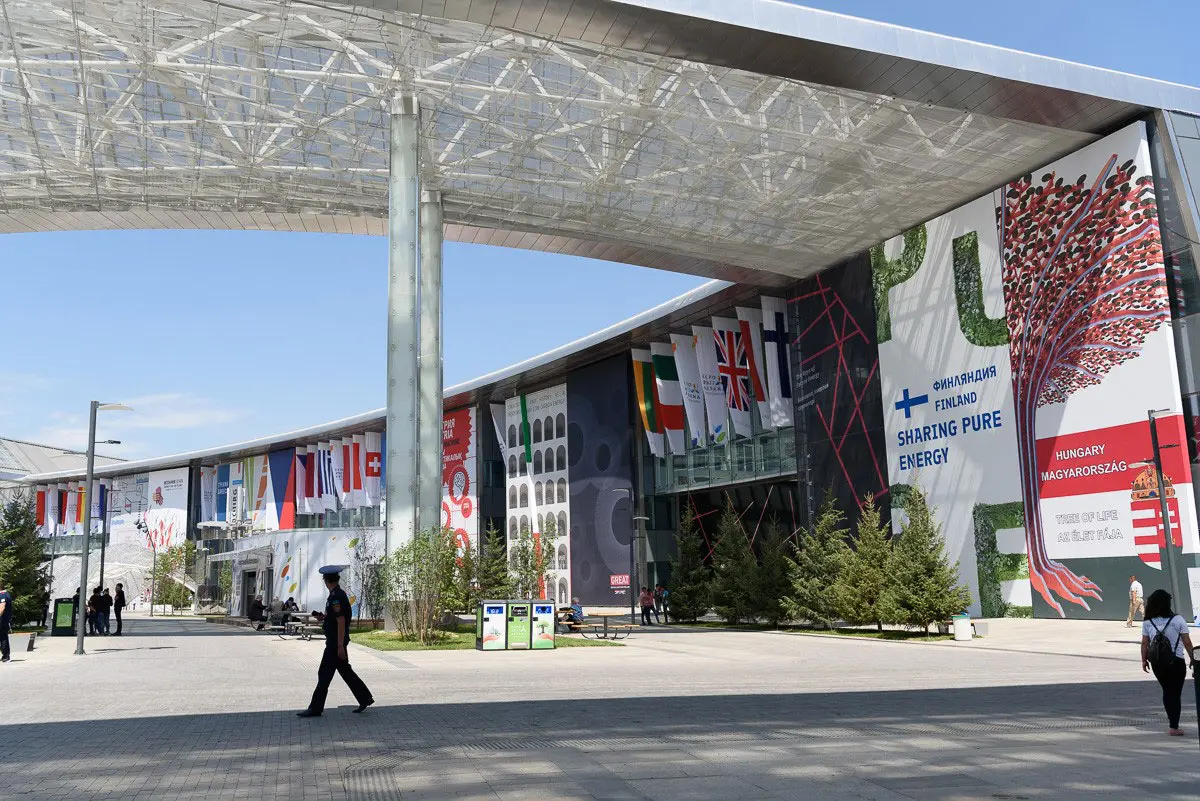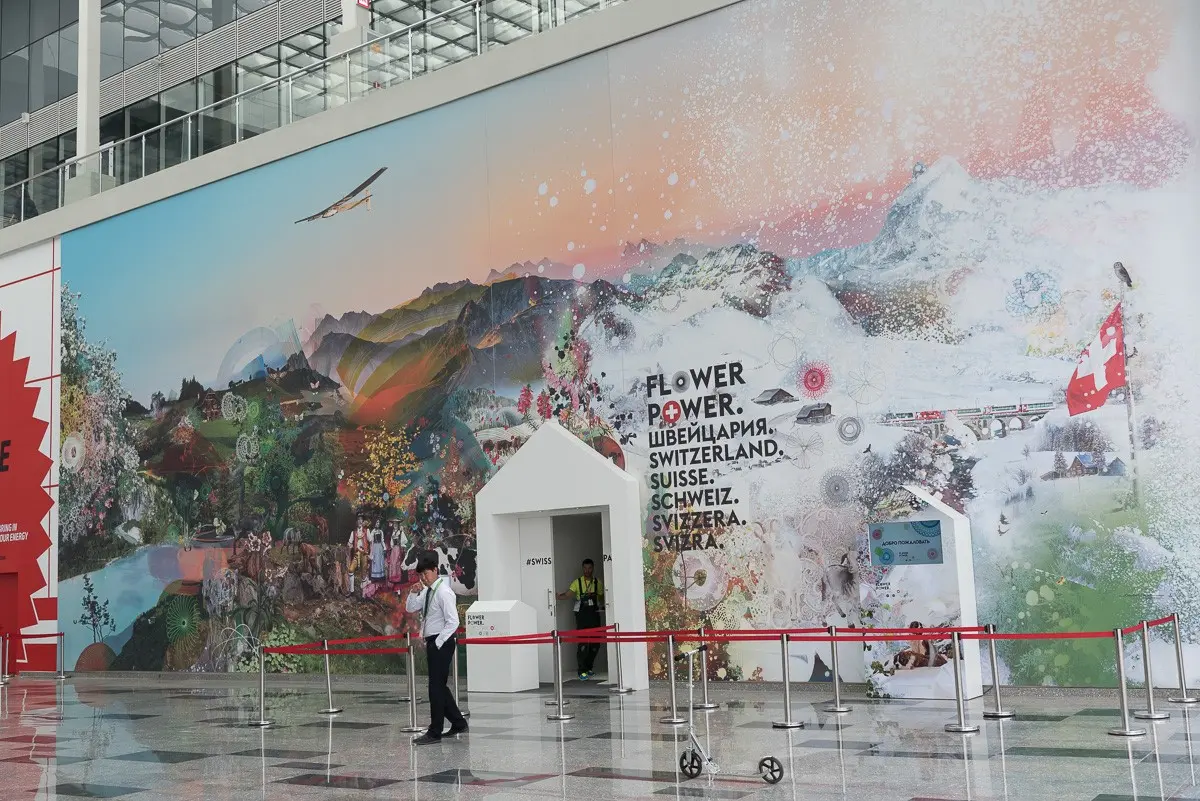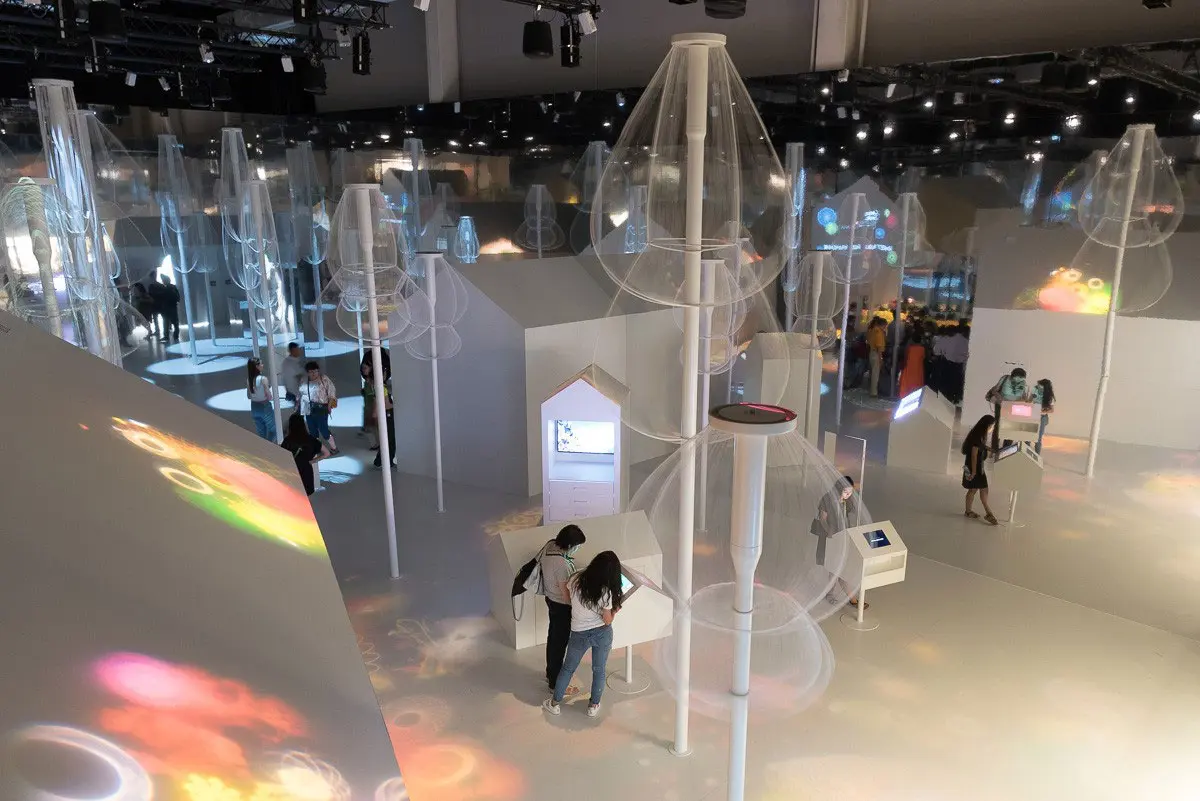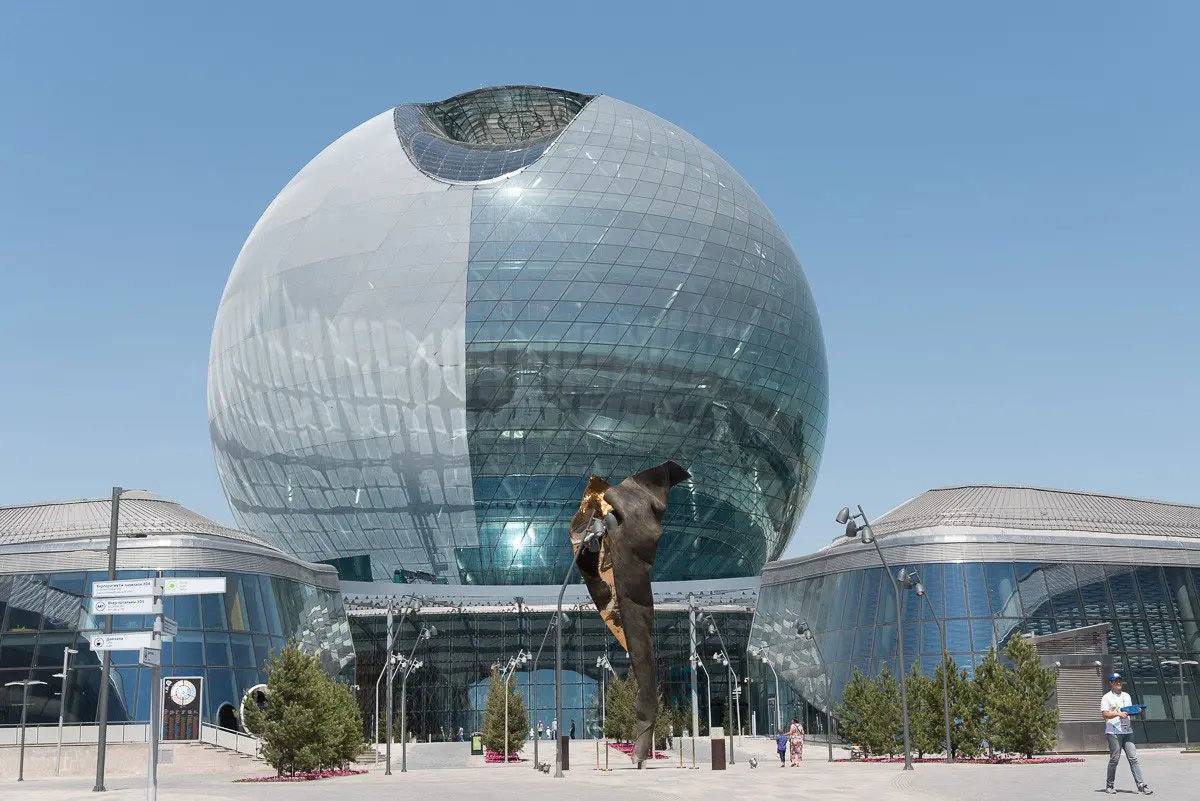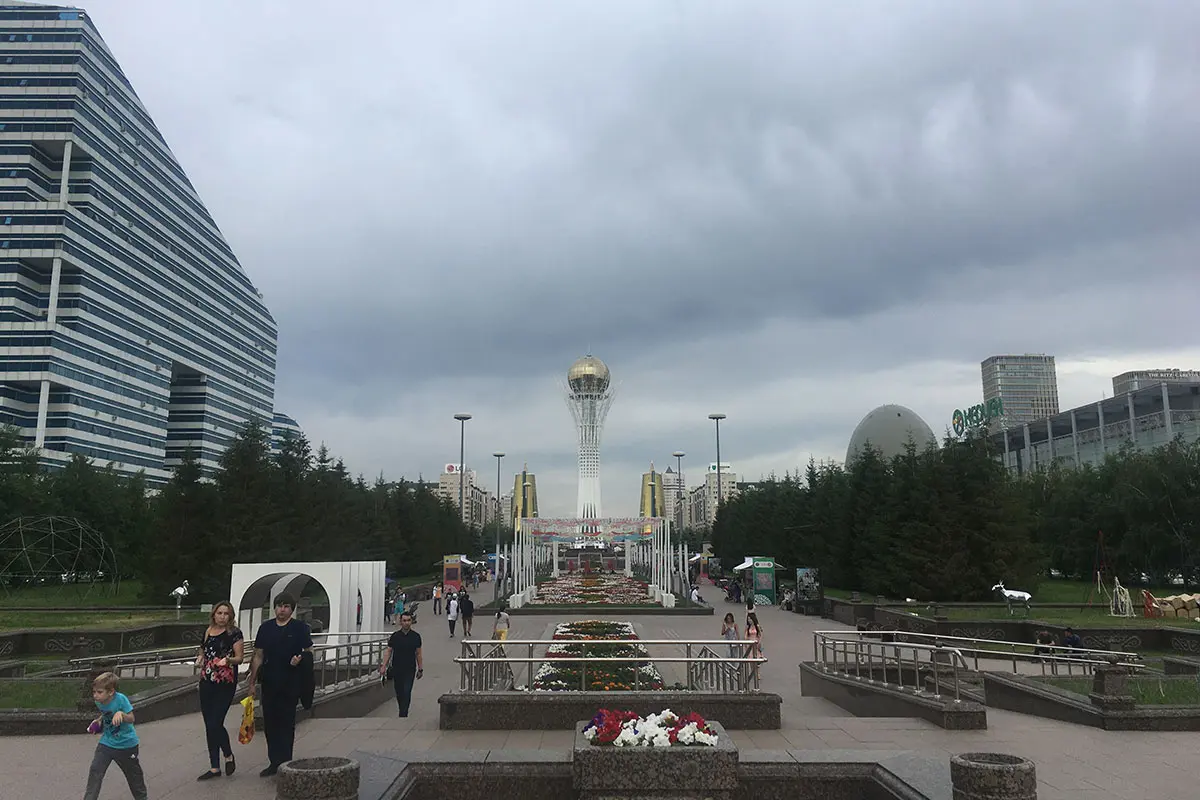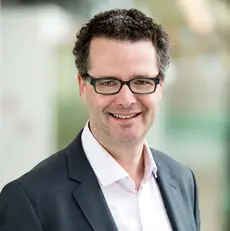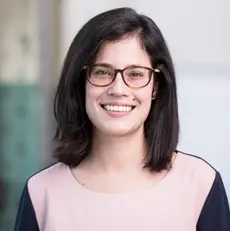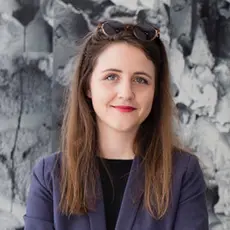World Expo – A Discursive Landscape
Public discourses shape societies, organisations and human behaviour. For this reason, the IAM Institute of Applied Media Studies has been carrying out linguistic discourse analyses for many years for the purpose of contributing to the resolution of complex problems. With this website, we invite interested scholars and students to delve into the world of linguistic analysis of globalized discourses on the transformation of energy systems and policies.
One of the focuses of discourse research at the IAM over the last few years has been the investigation of energy discourses in Switzerland, which provided the background of this project. "Energy Expo 2017 – A Discursive Landscape" presents some insights into locally situated realizations of globalized energy discourses as they could be observed on the occasion of the World Expo 2017 in Kazakhstan. The project was implemented in collaboration with scholars und students from the Nazarbayev University in Nur-Sultan (formerly Astana, Kazakhstan) and financed with grants from the Swiss State Secretariat for Education, Research and Innovation SERI as well as SwissUniversities.
Capturing the Discursive Landscape of the Expo 2017 "Future Energy"
The Expo 2017 in Nur-Sultan with its topic "Future Energy" offered a unique opportunity to observe linguistic and visual realizations of globalized multilingual energy discourses. Various pavilions, exhibitions and events at this world fair strived for intercultural communication in order to successfully transmit different insights on energy issues and technologies to an international audience.
Peter Stücheli-Herlach, Natalie Schwarz and Sandra Oehy from the IAM Institute of Applied Media Studies of the ZHAW Zurich University of Applied Sciences, together with Andrey Filchenko and students from the Nazarbayev University used the unique opportunity of the Expo 2017 to capture in situ linguistic and visual realizations of transforming, situated and highly staged global energy discourses at a single time and space. Or to put it in another way: to study the "Discursive Landscape" of the Expo 2017.
The idea of "Discursive Landscape" is the product of combining discourse analytical questionings with approaches from the research paradigm "Linguistic Landscapes". Using their respective methodologies as an inspiration allowing the exploration of global energy discourses and their multimodal expression on the Expo site, "Discursive Landscape" aims at collecting exemplary material in a theoretically informed systematic yet playful way.
Linguistic Landscapes as Discursive Performances
Linguistic landscape generally refers to the phenomenon of usage, visibility and salience of written language in public space (see e.g. Landry/Bourhis 1997). In this spirit, studies from the research area "Linguistic Landscape" are investigations of the written language used on signs in public space, including non-commercial and official signage. They analyse how languages visually manifest themselves in multilingual societies.
In order to capture multimodal realizations of energy discourses at the Expo 2017, this project relied on documentary approaches from the linguistic landscape research paradigm as well as on concepts from "Applied Discourse Linguistics" (Dreesen/Stücheli-Herlach 2019). Against this backdrop, the term "discursive landscape" refers to linguistic utterances in public spaces that are understood in this project as discursive performances (see Stücheli-Herlach/Schwarz/Oehy 2018).
Discourse analysis is a research method for studying situated practices of discourse that concur and/or compete with one another in specific public contexts such as at the exhibition site of the Expo 2017. Our interest in discursive practices goes back to Michel Foucault’s interest in formation rules of discourses (see Foucault 1972) and was investigated in this project by analysing "patterns of language use" (see Bubenhofer 2009).
Three levels of analysis
Such patterns of language use can be observed at three levels:
- At the level of formations of topical concepts constituting issues by designating them
- At the level of formations of narratives framing designated issues by establishing interpretations and evaluations.
- And at the level of formations of discursive strategies consolidating recurrent strategies of discourse actors to stage specific discursive patterns in competition with others.
Accordingly, the discursive landscape-approach of this project consisted of reconstructing discursive formations with regard to energy issues and technologies implemented by different national pavilions at the Expo 2017.
The analysis of the data collected on selected Expo pavilions (photographic documentations of exhibitions, exhibition documents etc.) was inspired by Grounded Theory methods (see e.g. Glaser/Strauss 1967; Krotz 2019) to generate an inductive theory about discourse formations in relation to the transformation of energy systems and policies. Data was interpreted using MAXQDA, a software for computer-assisted qualitative data analysis. This choice of approach was inspired by a recent development in qualitative discourse research that increasingly uses Grounded Theory methodology (see e.g. Keller 2011; Truschkat 2013).
A Grounded Theory of discursive performances
Grounded Theory-based research starts with breaking data into thematic units and tagging them with codes extracted from the data (open coding). As more data is collected and re-reviewed, open codes are compared and grouped into categories (axial coding). After this, one category is chosen to be the core category and described in relation to all other categories (selective coding). At this last coding stage, the idea is to develop a storyline around which the other categories from the axial coding phase are grouped to explain observed phenomena during data analysis.
Case Studies
We use case studies of the Austrian, German and Swiss pavilion to present some outcomes of this exploratory study. Please klick on the hotspots in the pictures below to find out more about the outcomes of the study. To make the empirical foundation of the analysis results with regard to the Austrian, German and Swiss pavilion more transparent, we indicate the number of open codes or axial categories in which they are grounded.
Austrian Pavilion
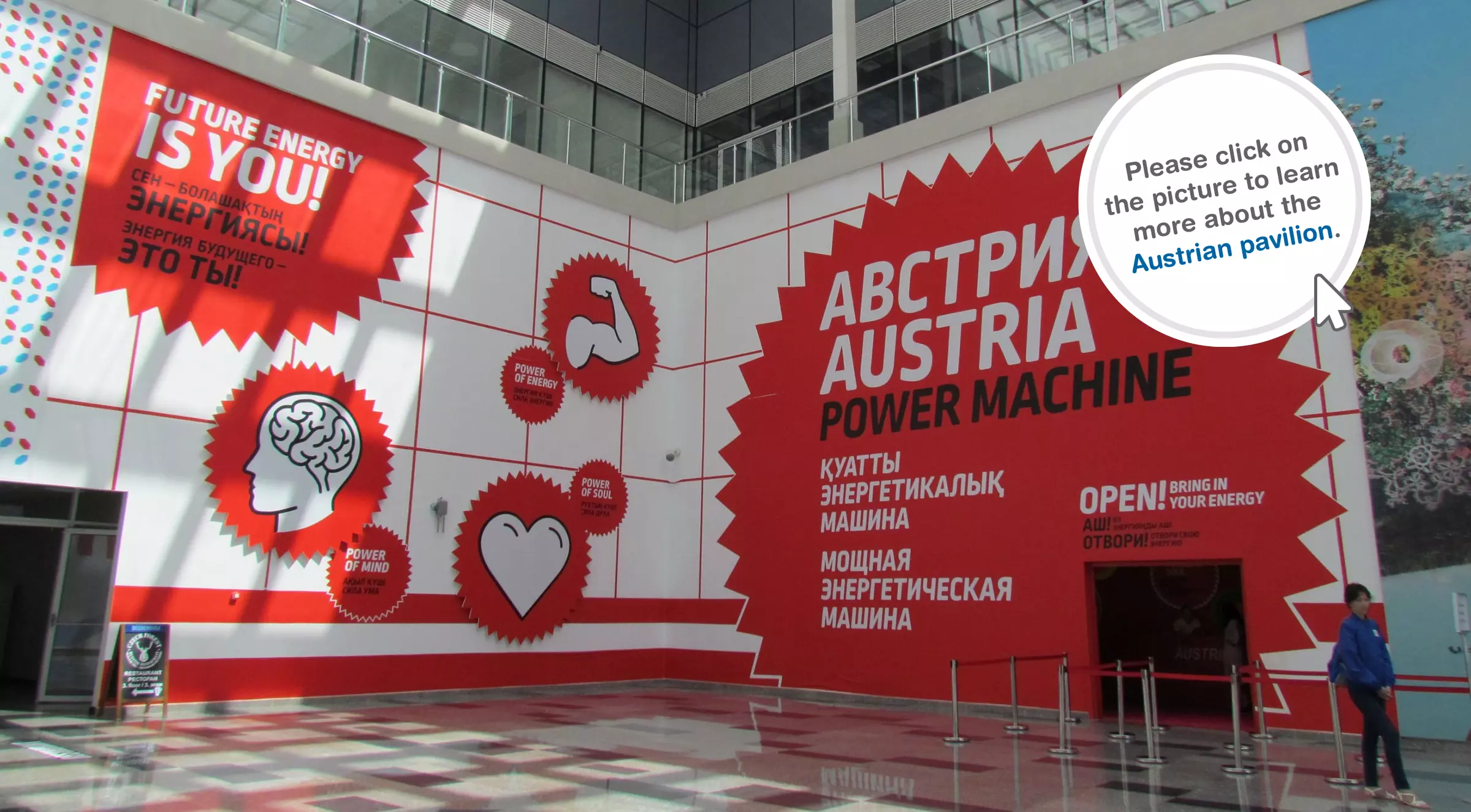
German Pavilion
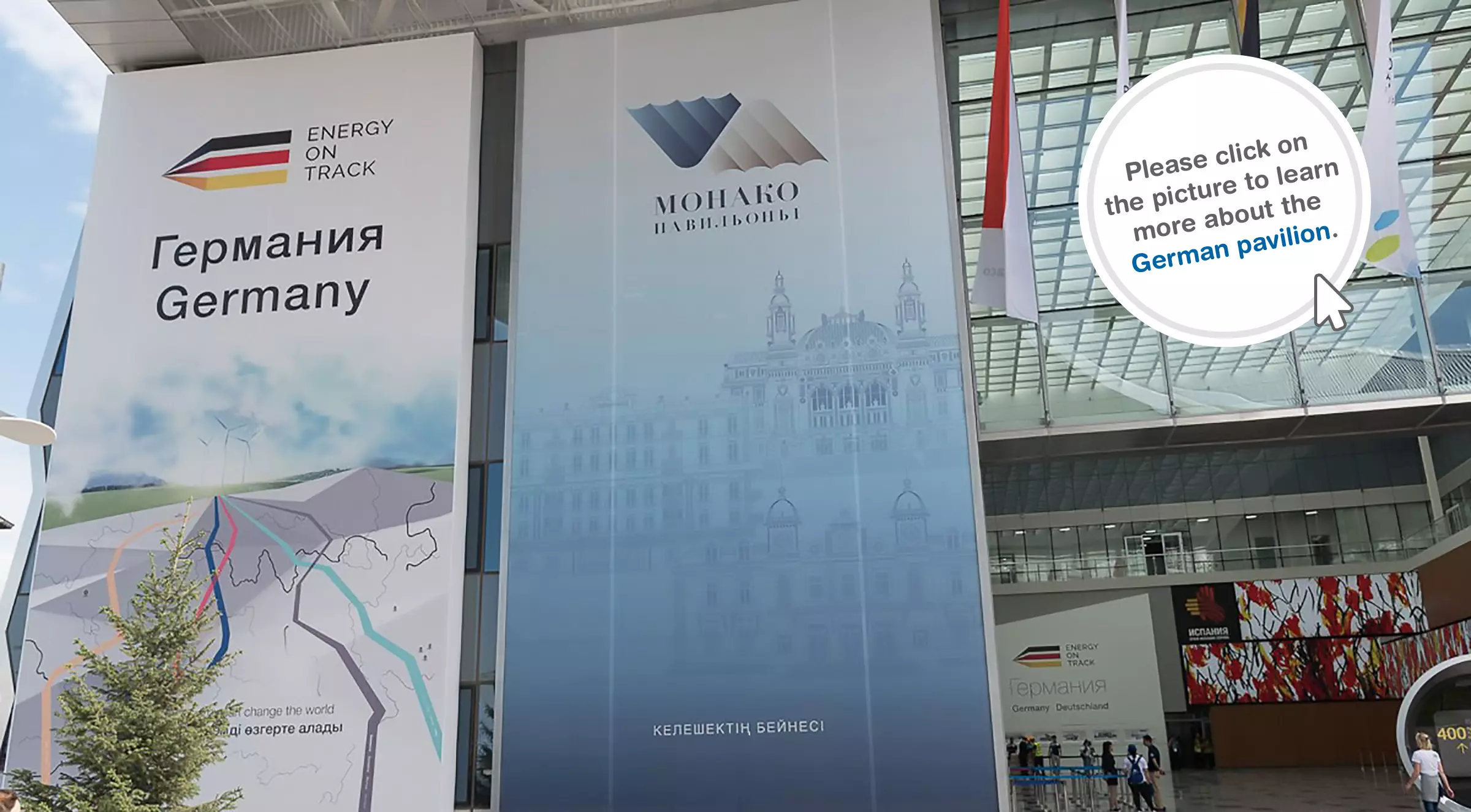
Swiss Pavilion
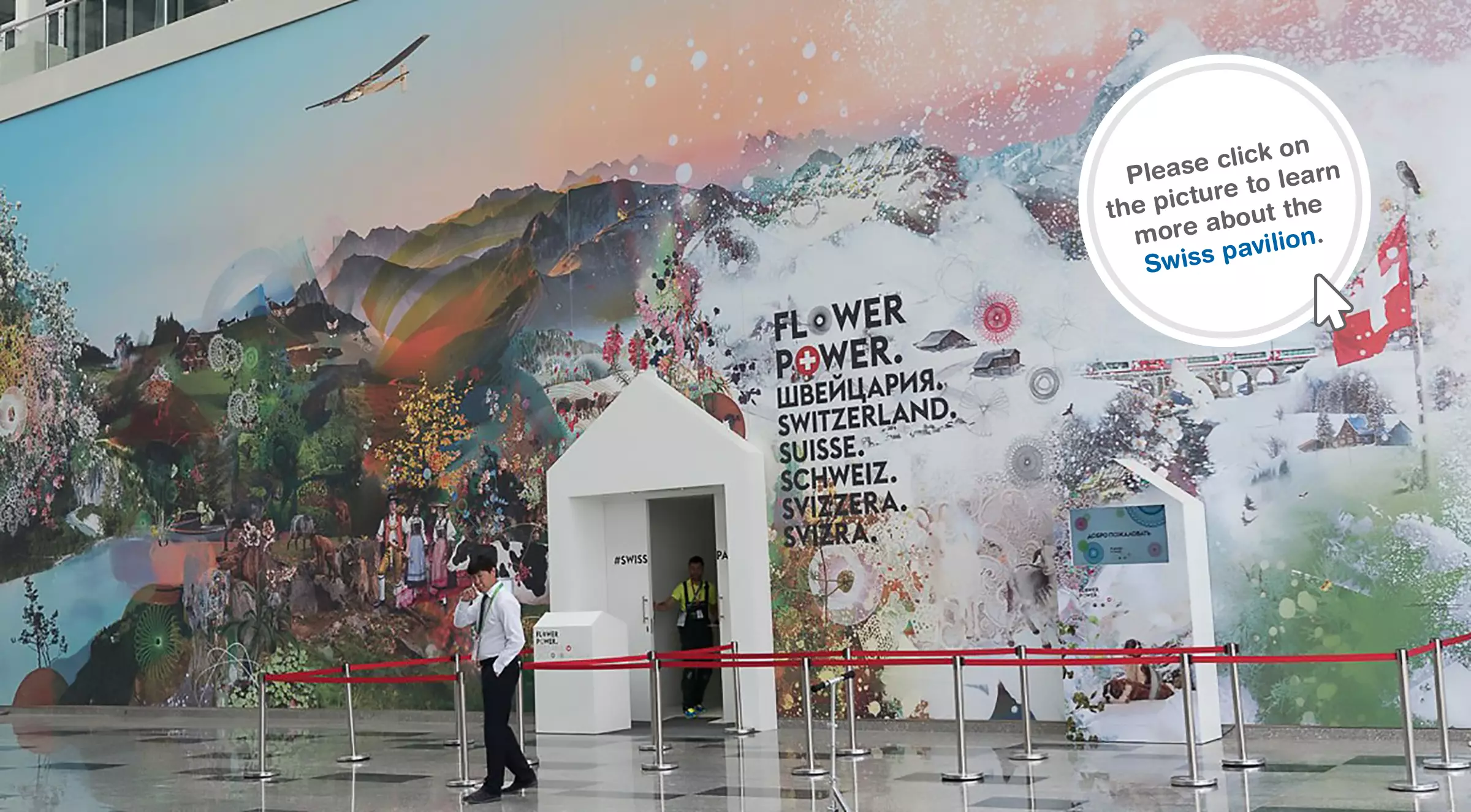
References
- Bubenhofer, Noah (2009). Sprachgebrauchsmuster. Korpuslinguistik als Methode der Diskurs- und Kulturanalyse. Berlin/New York: De Gruyter.
- Dreesen, Philipp/Stücheli-Herlach, Peter (2019). Diskurslinguistik in Anwendung. Ein transdisziplinares Forschungsdesign für korpuszentrierte Analysen zu öffentlicher Kommunikation, Zeitschrift für Diskursforschung, 7(2), pp. 123-162.
- Foucault, Michel (1972). The Archeology of Knowledge and the Discourse on Language. New York: Pantheon.
- Glaser, Barney/Strauss, Anselm (1967). The Discovery of Grounded Theory. New York: Aldine Publishing Company.
- Keller, Reiner (2011, 3rd Edition). Wissenssoziologische Diskursanalyse: Grundlegung eines Forschungsprogramms. Wiesbaden: VS.
- Krotz, Friedrich (2019, 2nd Edition). Neue Theorien entwickeln. Eine Einführung in die Grounded Theory, die Heuristische Sozialforschung und die Ethnographie anhand von Beispielen aus der Kommunikationsforschung. Köln: Herbert von Halem Verlag.
- Landry, Rodrigue/Bouhris, Richard Y. (1997). Linguistic Landscape and Ethnolinguistical Vitality. An Empirical Study, Journal of Language and Social Psychology, 16(1), pp. 23-49.
- Stücheli-Herlach, Peter/Schwarz, Natalie/Oehy, Sandra (2018). Capturing globalized energy discourses in an exhibition landscape, poster shown at the international conference X-SCAPES – 10th Linguistic Landscape Workshop held Berne.
- Truschkat, Inga (2013). Zwischen interpretativer Analytik und GTM. Zur Methodologie einer wissenssoziologischen Diskursanalyse, in: Reiner Keller/Inga Truschkat (Eds.). Methodologie und Praxis der Wissenssoziologischen Diskursanalyse. Band 1: Interdisziplinäre Perspektiven. Wiesbaden: VS, pp. 69-87.
- Viehöver, Willy (2001). Diskurse als Narrationen, in: Reiner Keller/Andreas Hirseland/Werner Schneider/Willy Viehöver, Willy (Eds.) Handbuch Sozialwissenschaftliche Diskursanalyse. Band 1: Theorien und Methoden. Opladen: Leske + Budrich, pp. 177-206.
Team
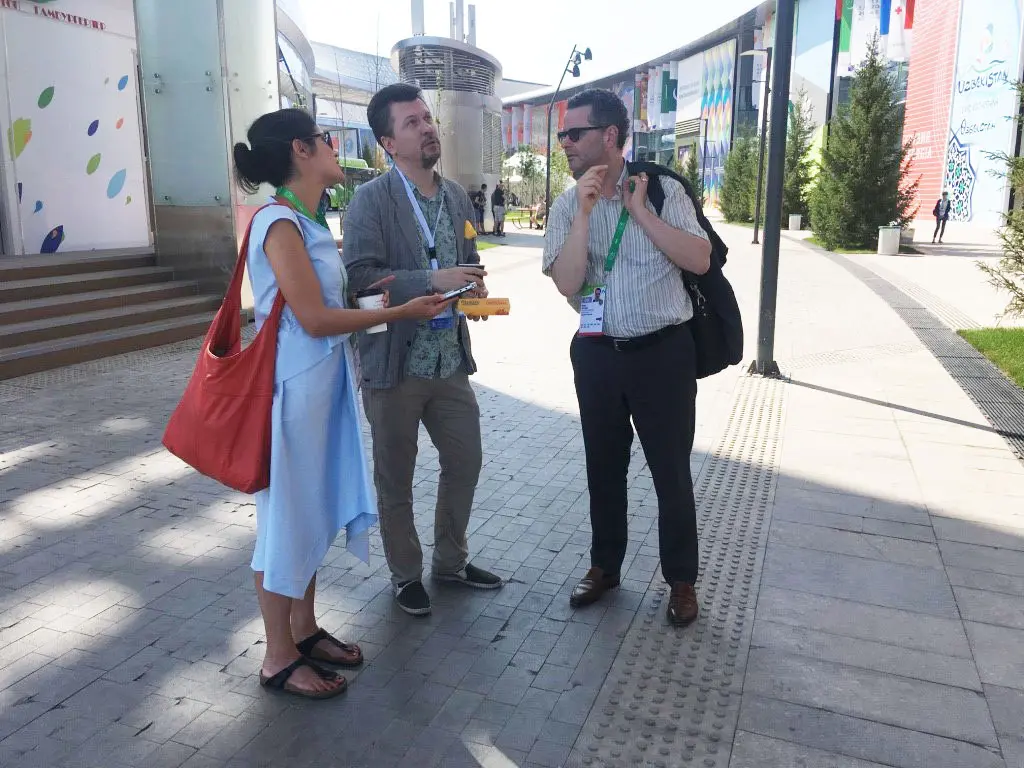
Meeting of the international and multilingual research team at the Expo site in Nur-Sultan in July 2017. Photo: Sandra Oehy (ZHAW).
From the left to the right: Natalie Schwarz (ZHAW), Andrey Filchenko (Nazarbayev University) and Peter Stücheli-Herlach (ZHAW).
Project team ZHAW
Project team Nazarbayev University
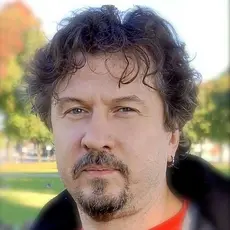
Dr. Andrey Filchenko
Department Chair
Nazarbayev University
Department of Languages, Linguistics and Literature
53 Kabanbay Batyr Ave, Astana,
Republic of Kazakhstan, 010000
andrey.filchenko@nu.edu.kz
Website: https://shss.nu.edu.kz/faculty/2020-2
Student Project Team: Azhar Dyussekenova, Kholida Khaldarova, Kamazhay Kyrgyzbek, Anel Rakhimzhanova, Malika Sattybayeva
